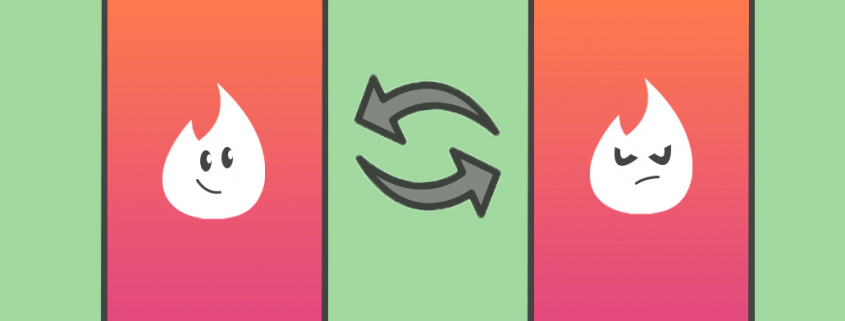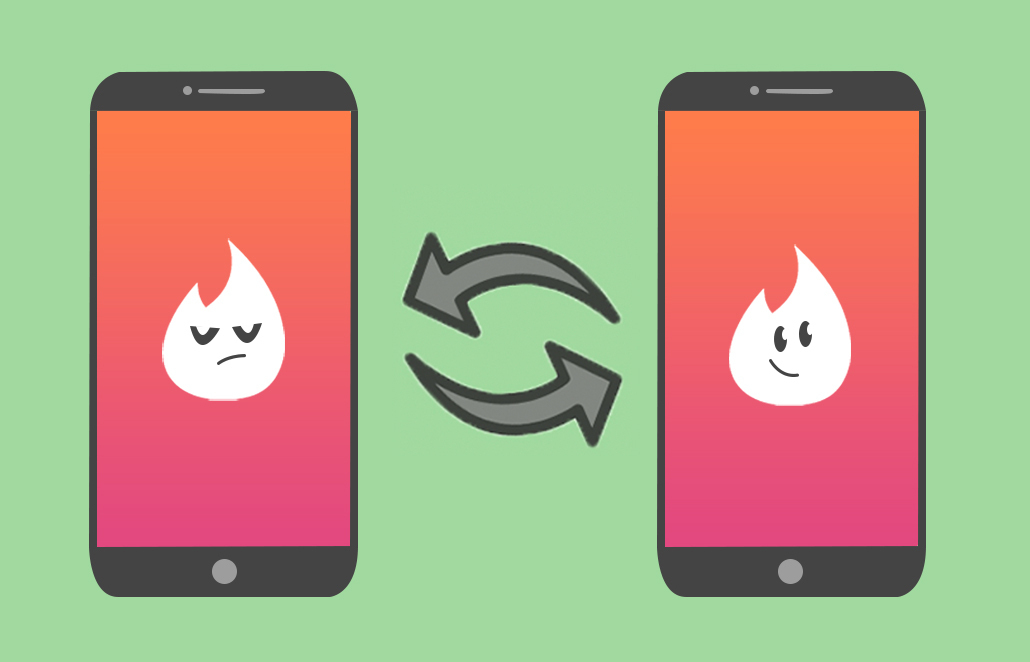Byte of Life: The economics of Tinder
In 1965, Harvard mathematics student Jeff Tarr created the first computer-powered dating service, with 8,000 punch cards and an elephant-sized IBM processor. “Operation Match,” whose popularity was spurred predominantly by the participation of young female students, utilized an examination consisting of 75 questions ranging from music taste to “likelihood to kiss on a first date” and “sexual experience ranking.”
Thirty years later, in a coincidental twist of fate, Jeff Tarr’s daughter, Jennifer Tarr, would go on to marry the OkCupid founder, Christopher Coyne — the unknowing pioneer of the algorithmic dating companies of the 21st century.
Enter Tinder: Started by USC alumni Justin Mateen and Sean Rad, Tinder is the undisputed leader of the dating app ecosystem and is the highest grossing app of 2019. A cultural icon of college campuses, Tinder found its place during the 2010s tech startup boom because of its quirky yet simple matchmaking system and its infamous signature feature — the swipe.
As life on college campuses slowly returns to normalcy, Tinder is raring for a comeback after an entire year of online dating and social isolation. So, what is the magic behind Tinder’s algorithm?
Tinder’s matching algorithm is like holding up a strange mirror to its users. Austin Carr, a reporter at news outlet Fast Company, had the exclusive opportunity to obtain a briefing from Tinder data scientists about the inner workings of their matching system. He learned that the algorithm utilized an “Elo score,” which surgically assigns a number to each user based on the self-learning algorithm’s perceived beauty of them. One’s Elo score would be determined through the synthesis of their collected left and right swipes.
Combined with geography, age and gender preferences, Tinder would generate lists of suitable matches that would be self-improving in nature — that is, matches would supposedly become more and more accurate with more samples collected. After years of operation, Tinder amassed swaths of Elo scores and developed a numerical index for attraction based on these scores.
In 2019, Tinder announced that it updated its algorithm. Scrapping the Elo score for a less competitive system, their new algorithm supposedly matched users based on similar swiping histories and common user profiles. But did this really change Tinder’s impact as a whole?
Regardless of whether the company uses an artificial numerical value or data based on past matching history to assess compatibility, Tinder’s ethical dilemma remains the same: whether or not society as a whole benefits from using a for-profit company’s algorithm to influence their dating life (Remember, Tinder was the highest grossing app of 2019). Looking closer reveals some insidious realities.
Tinder undermines the freedom of “personal preference” by relinquishing one’s ability to both choose matches and also receive a fancy dinner.
For one, Tinder automatically pre-generates a list of candidates every rotation — your fate has been decided by the company from the very start. Crucially, Tinder unintentionally promotes the excuse of racial preference. It eliminates great matches that probably would have occurred if the Tinder algorithm wasn’t used in the first place.
Computer science researchers at Cornell University warn of the growing role of dating apps in reinforcing racial biases: “Men who used the platforms heavily viewed multiculturalism less favorably, and sexual racism as more acceptable.”
Additionally, they found that “Black men and women are 10 times more likely to message white people than white people are to message Black people” when using these dating apps. The study puts into perspective how a seemingly harmless social experiment can backfire on a society that hasn’t reached full racial equity.
Does this mean that Tinder as a whole is negative? After all, what would be the classic kickback story without Tinder shenanigans? While Tinder successfully brands and markets itself as a fun and spicy alternative to the contemporary dingy bar meetup, evidence once again suggests the contrary.
The Center for Humane Technology ranked Tinder as the ninth most likely app to leave users feeling unhappy, with Grindr placing number one. Moreover, a study from Queen Mary University of London found depressing rates of reciprocal interest: 10.5% for women and just 0.6% for men.
The truth is that — at its current state — Tinder is probably not for everyone. It’s alarming that 2019’s highest grossing app left more users feeling insecure and unhappy rather than encouraging them to put themselves out there.
While Tinder’s revenue and user base grow each year, Tinder is not the future of dating. This is because algorithms are fundamentally opposite in nature to one of the most important factors in human relationships: unpredictability!
Relationships are founded on coincidence, circumstance and the miraculous intersection of two unknowing people’s lives. It’s the connection formed through two people experiencing the noise of life. While Tinder undoubtedly connects people together, the true spirit of connection remains firmly in the chaotic process of stumbling on each other at coffee shops and learning about coincidental common passions at organization meetings and during times of happiness and celebration.
Ultimately, the personal consequences of using Tinder are dependent on the user’s perception of themselves and dating apps. However, this does not give Tinder an excuse to forgo improving their company to create more racially inclusive and open algorithms. Tinder needs to recognize that they play a role in shaping popular culture, especially on college campuses. As their presence grows, so must their responsibility in ensuring Tinder is not a platform for promoting sexual racism and Eurocentric beauty standards.
Miguel Mercado is a sophomore writing about the impacts of technology and economics on 21st century college students. His column, “Byte of Life,” runs every other Tuesday.


